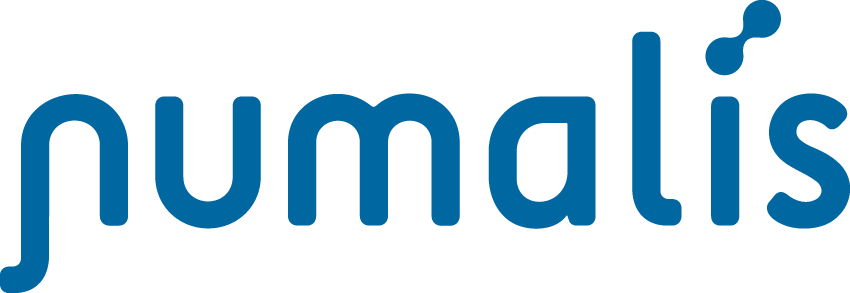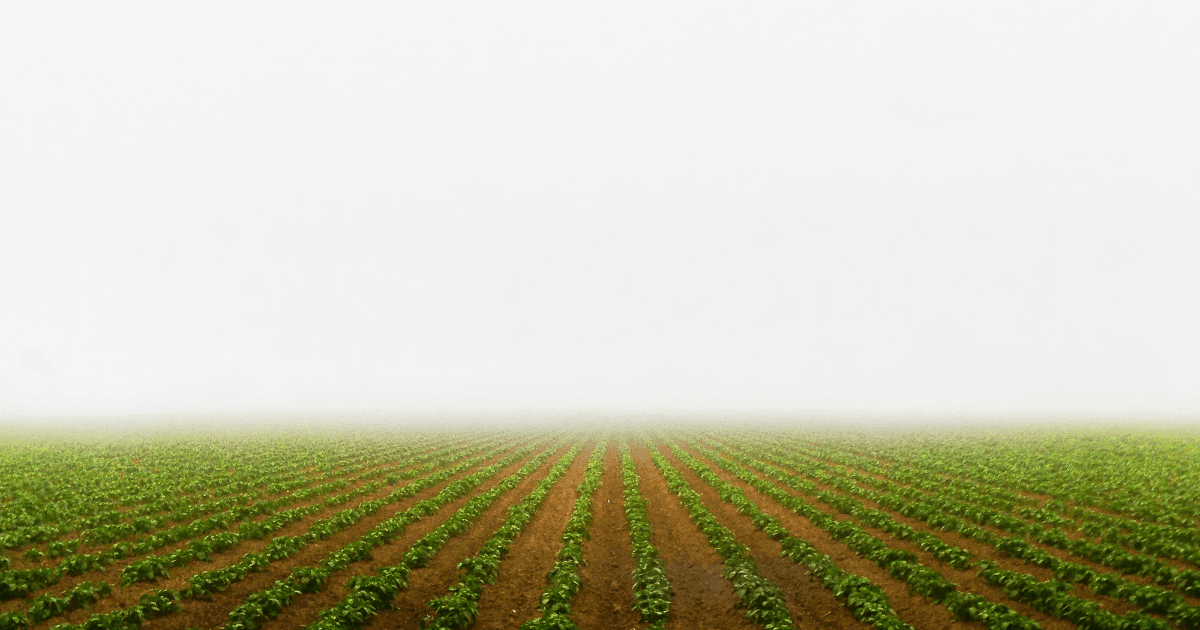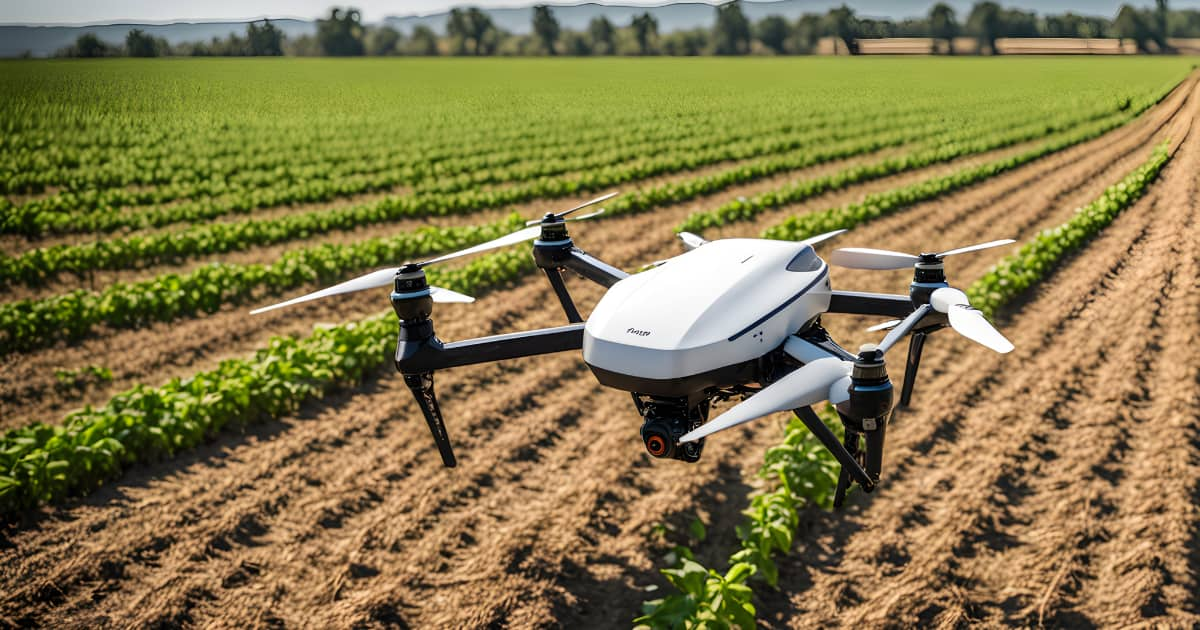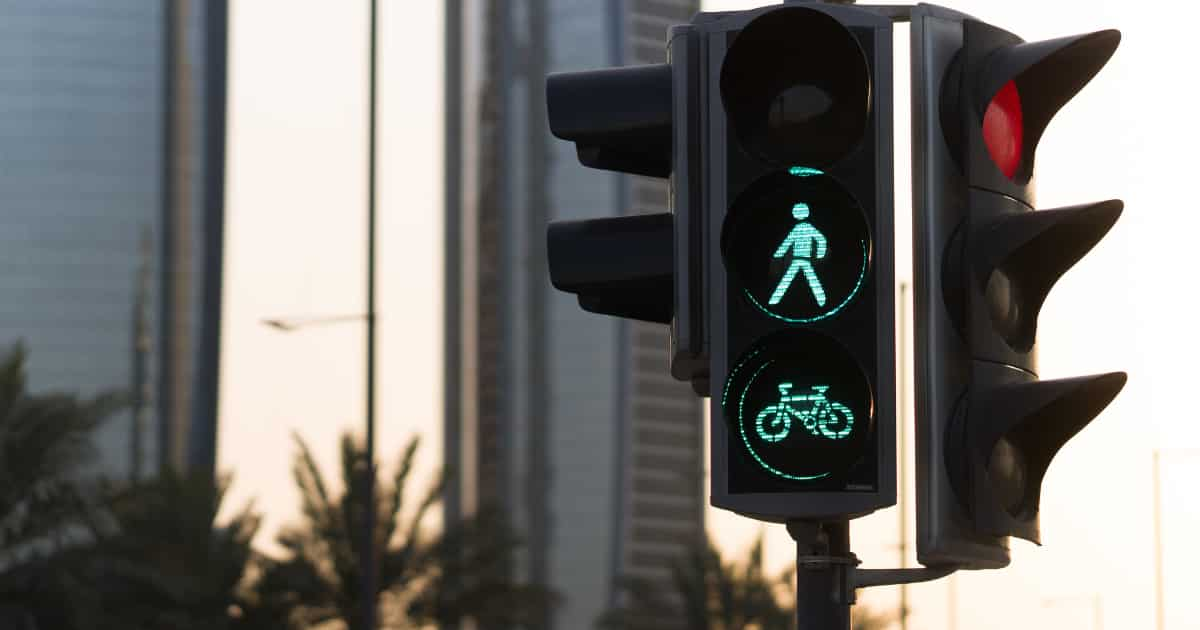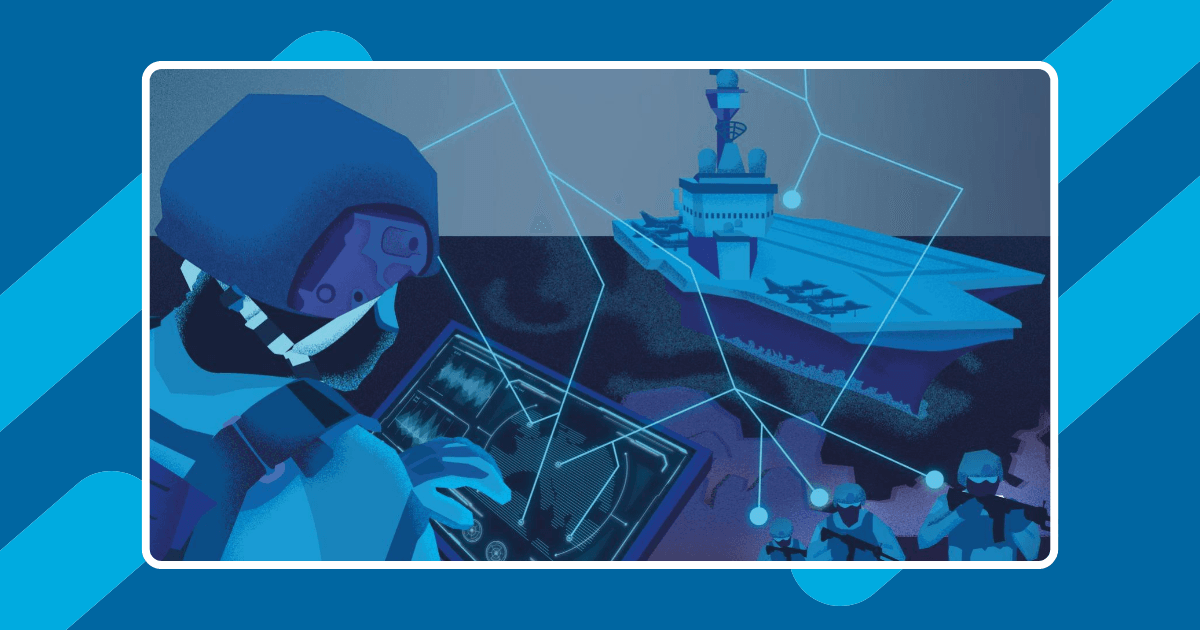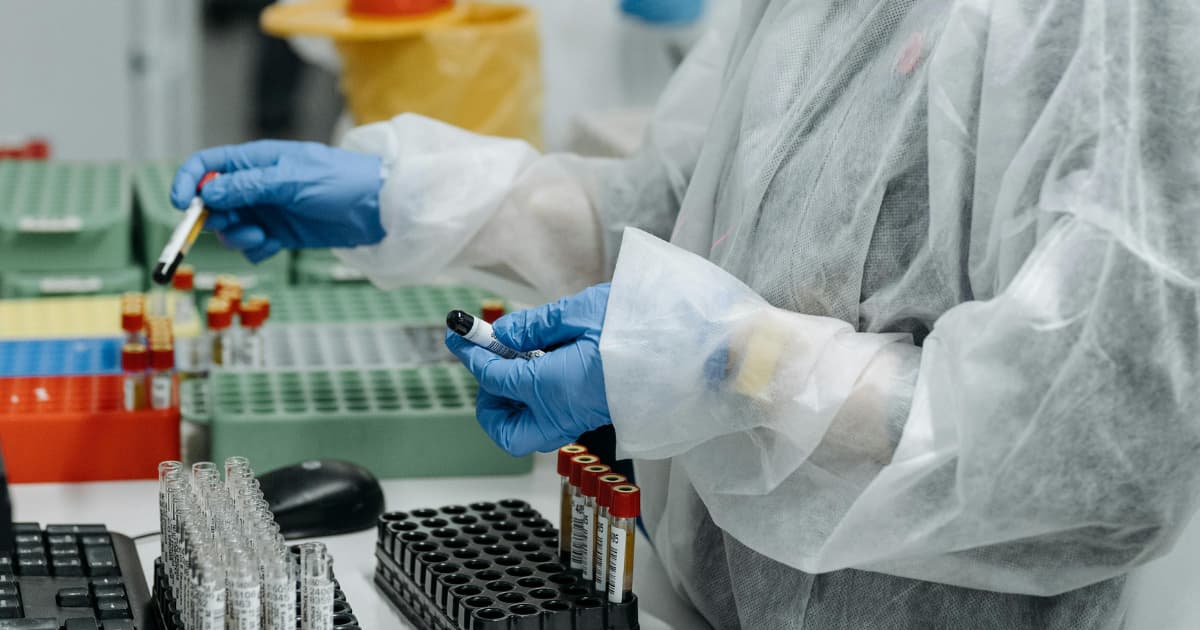One of the challenges facing humanity is to guarantee food security for the ten billion inhabitants of the planet expected by 2050, and this at the same time of an unprecedented climate crisis.
Climate change is modifying yields and cultivation methods by making them more complex and uncertain (drought, floods, frost, hail, etc.). The democratization of IoT and the use of Artificial Intelligence technologies allow the agricultural sector to rely on these new technologies to adapt by achieving its digital transformation.
AI and big data, an opportunity for responsible agriculture?
Farmers are gradually seizing these opportunities in order to increase their yields while optimizing their costs. The collection of data by sensors, drones or satellites enables the monitoring of plantations through the analysis of images and key data such as irrigation and soil composition, or weather data.
The contribution of AI systems related to agriculture aims not only to reduce the ecological impact of soil cultivation, which is still very important today, but also to offset the constant decrease in the number of farmers. In France alone, their number has been divided by four in the last 40 years1.
Agriculture, and more particularly intensive soil farming, remains one of the most polluting industries. This is due to the massive use of pesticides and fertilizers that contaminate soils and lead to numerous negative externalities (groundwater pollution, soil depletion). The collection and analysis of data allows us to detect and anticipate these problems and then adopt better practices. Precision agriculture aims to increase yields while adopting an eco-responsible policy.
From mechanization to robotization of agriculture
Driven by the CAP (Common Agricultural Policy) adopted in 1962, european agriculture has modernized (i) by massively adopting mechanization (tractors, combines, etc.); and (ii) by using chemical fertilizers and pesticides despite the biodiversity and health of cultivated soils. While mechanization has proven to be effective in increasing farm productivity, a more complex challenge is to increase soil productivity while reducing the impact and costs of farming.
Today, the sector is moving towards robotization of its activity, assisted by AI systems. Robotization is defined as “the use of automatic devices capable of manipulating objects and performing operations according to a program that can be modified”2. Thus, the farmer will see his workload lightened on time-consuming and repetitive tasks, to be able to focus on higher value-added tasks such as maintaining the quality of the soil.
The robotization of soil agriculture is progressing and is already present in many practical cases, such as in Florida with the automated robot of the company Agrobot Robotic, which harvest strawberries from a field without human intervention. This robot works thanks to an AI system of real time image analysis allowing it to harvest only the ripe strawberries.
The limits of agricultural robotics
However, mechanization and robotization assisted by AI systems require that robots be adapted to each new field of use. As a consequence, we could witness a standardization of crops and an intensification of agricultural production3. This is one of the limits to the mechanization/robotization of the agricultural industry. The homogenization of the environment sometimes leads to the destruction of the ecosystem and biodiversity surrounding agricultural fields. For example, an agricultural robot would not be able to accomplish its mission if there are obstacles in its way. Indeed, it is technically possible to program a more efficient system to deal with these obstacles, but for economic reasons and for the sake of simplification, it is easier to standardize the planting than to make the robotic system more complex. Thus, the simple presence of a hedge, a stream or a ditch would be detrimental to the robot’s operation because it is not trained to face or bypass this type of highly variable obstacle.
Also, precision agriculture has many advantages in terms of reducing costs and resource consumption during the operating cycle. In particular, the use of AI systems makes it possible to detect with great precision the parcels of a field that really require the use of certain resources (water, fertilizer, pesticides). For this, the system can rely on the analysis of images from drones or satellites. Thus, when a pest (weed, insect) spreads on certain plots of a field, the drone is now able to come and spread the phytosanitary product on the contaminated plots, whereas before, the farmer had to spread the pesticide homogeneously over the whole crop. This technology allows for less and better consumption of products that are harmful to biodiversity, with an average of 20% less products consumed4.
Precision agriculture seems to be an interesting solution to solve part of the future challenges of agriculture. However, it requires significant investments, which are difficult for many farmers to make. The conversion to robotization has a direct impact on the final selling price for the consumer, which can destabilize the competitiveness of a sector.
- France: le nombre d’agriculteurs a été divisé par 4 en 40 ans ↩︎
- Mécanisation, automatisation, robotisation : quelles différences ? Quelles complémentarités ? ↩︎
- Le temps est venu de reconnaître que l’agriculture de précision prônée par la Commission européenne ne permettra pas la transition écologique ↩︎
- Agriculture : Grâce au drone “j’utilise 20% d’engrais en moins” – Sciences et Avenir ↩︎
